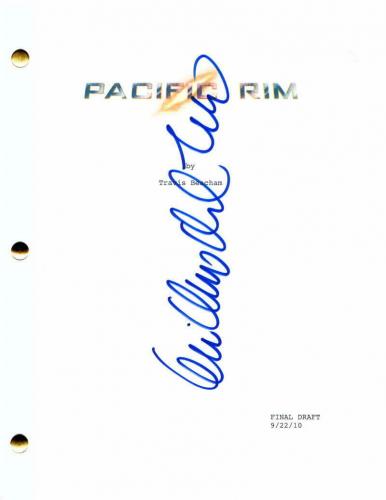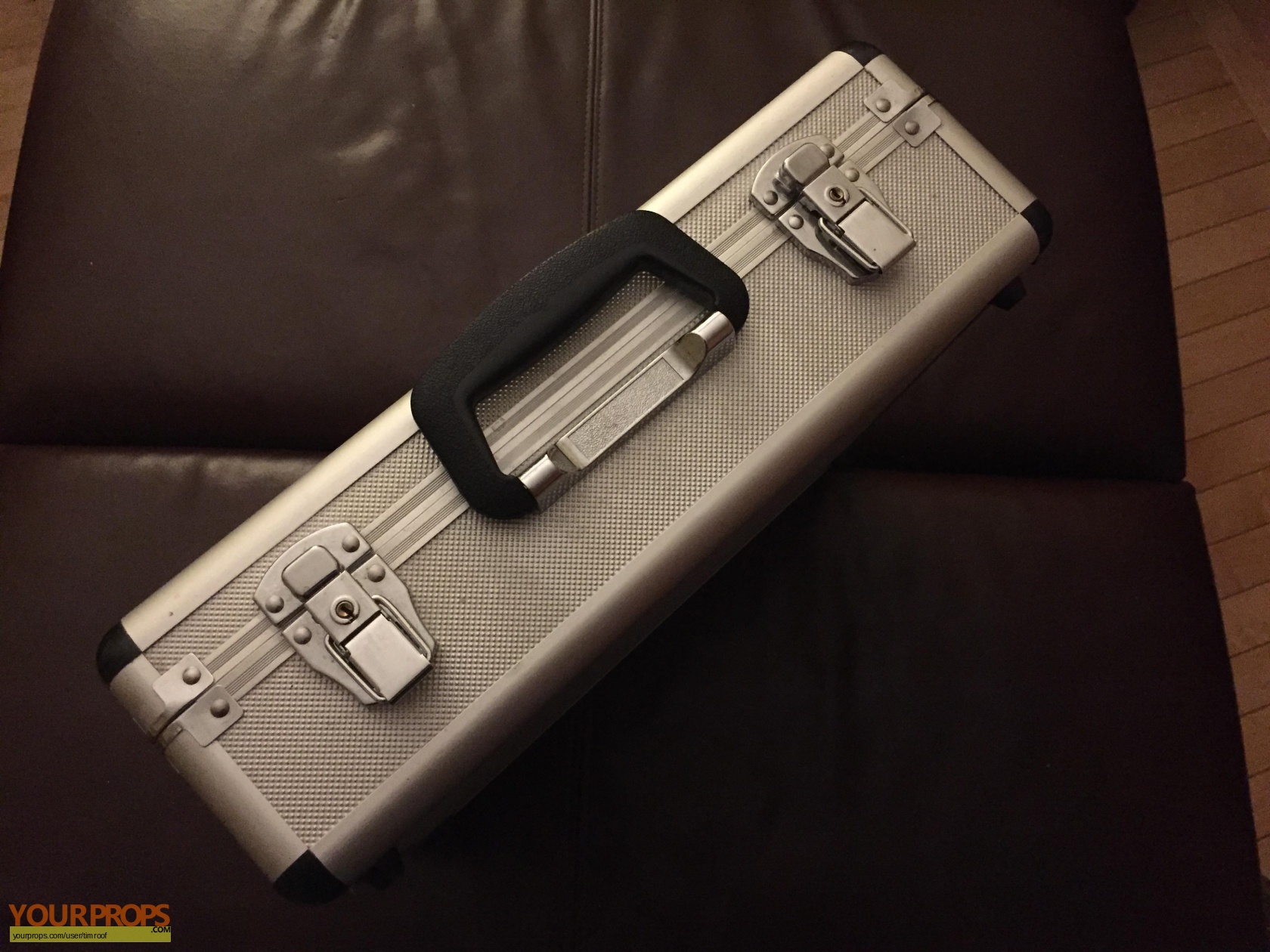

And they all showed what a tough, kick-ass character is about. Some may be frazzled, put-upon, war-weary, or human, but all have fought, some against difficult circumstances, others against personal demons, and some against gun and laser fire. Determined, decisive, loyal, brave, smart, fierce, strong (and, okay, sometimes evil), you’ll find no one here timid or weepy, but all rely on their individual skills to beat the odds and overcome any obstacle that comes their way. We’re highlighting the very best from a slate of fantastic heroines, with characteristics to learn from and cheer on. Again the studios gave us more to cheer about than ever. It’s time for ′s annual look at the year’s Best Kick-Ass Genre Heroines in film and television. Key for fans of the franchise will be the book’s incorporation of tipped-in scrapbook materials, reproductions of original artwork like unused Jaeger concept art, storyboards, a monster/machine size comparison chart, a glossy, full-color pull-out blueprint of Romeo Blue, and several other reproductions of the designers’ concept art.Ĭheck out these images from The Art and Making of Pacific Rim: Uprising:

Joe: Retaliation) shares many of his secrets to help create the foreboding presence of the monsters and machines. Supervising sound designer and editor Erik Aadahl (Transformers, Godzilla, Terminator Genisys, G.I. More so than most behind-the-scenes looks into films, The Art and Making of Pacific Rim: Uprising may provide the most attention to the incorporation of sound effects. Color was a key design factor for the Jaegers and the Kaiju, and the large icons were also defined by their sounds. Production designer Stefan Dechant (Kong: Skull Island, Alice in Wonderland, Minority Report) talks about his influences for design elements of each Jaeger (like F-16 Fighters for Guardian Bravo, the Millennium Falcon for Bracer Phoenix) and how the massive weaponry was developed. We also meet the next generation of cadets, with a young slate of international performers: Wesley Wong, Rahart Adams, Karan Brar, Lily Ji, Shyrley Rodriguez, Ivanna Sakhno, and Levi Meaden–a group of up-and-coming actors that will be fun to watch emerge in films in the next few years.īut for most fans it will be the concept art for the Jaegers that are of key importance for a book like this, and they should be happy as most of the content is devoted to these designs, including discarded concepts and rejected variants.
#Pacific rim movie props plus
Author Daniel Wallace incorporates interviews with cast members John Boyega, Scott Eastwood, Jing Tian, Cailee Spaeny, Rinko Kikuchi, Burn Gorman, Adria Arjona, Charlie Day, and others, plus costume designer Lizz Wolf describes her concepts behind the signature look of each character. Nowlin and Travis Beacham provide insight into the direction of the story, and DeKnight and visual effects supervisor Peter Chiang (Star Trek Beyond, Godzilla, Total Recall, John Carter, The Chronicles of Riddick, Labyrinth, Highlander, Krull) explain the look and rationale for each element of the film. Fans of the franchise can see the development of the next generation of both creations, and how their development relied upon getting the right look and sound effects together, in the new book The Art and Making of Pacific Rim: Uprising.ĭirector DeKnight, showrunner of Marvel’s Daredevil, and producer of genre favorites Smallville, Angel, and Dollhouse, provides a foreword to the book and takes readers through each step of the development of the film from idea to fleshing out the look of the film’s giant-sized spectacles and its several new human characters. As you’d expect, that means bigger and better Jaegers–those enormous fighting, armored machines initially only manned and newly created as flying drones to defend Earth–and some bigger and more terrifying Kaiju–humanity’s nemeses in the form of terrifying, alien, Godzilla-inspired monsters. Director Guillermo del Toro’s ode to Godzilla and the mecha genre in 2013’s Pacific Rim continues with del Toro producing the sequel Pacific Rim: Uprising, directed by Steven S.


 0 kommentar(er)
0 kommentar(er)
